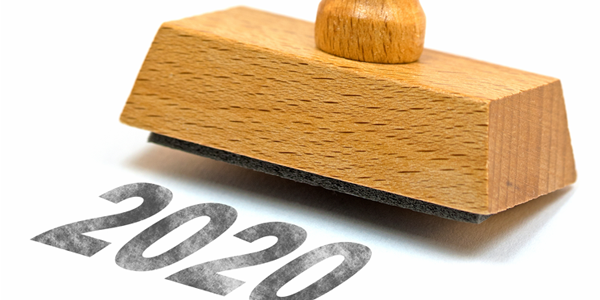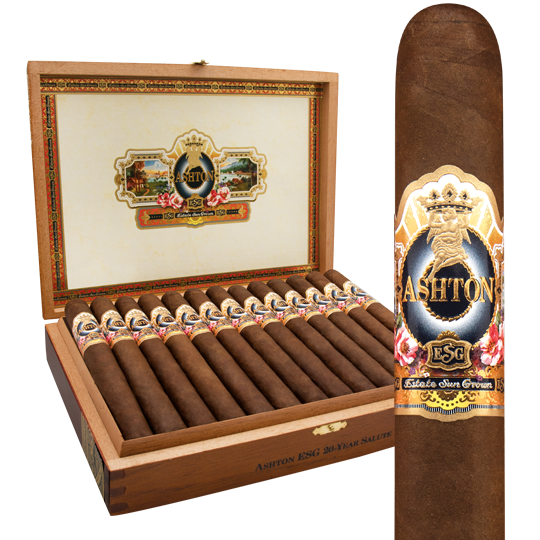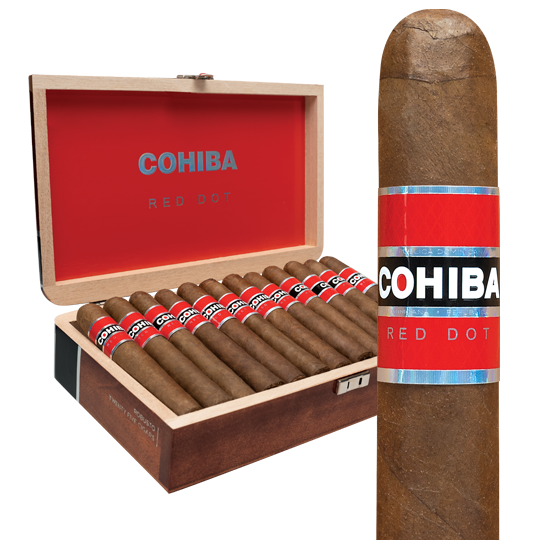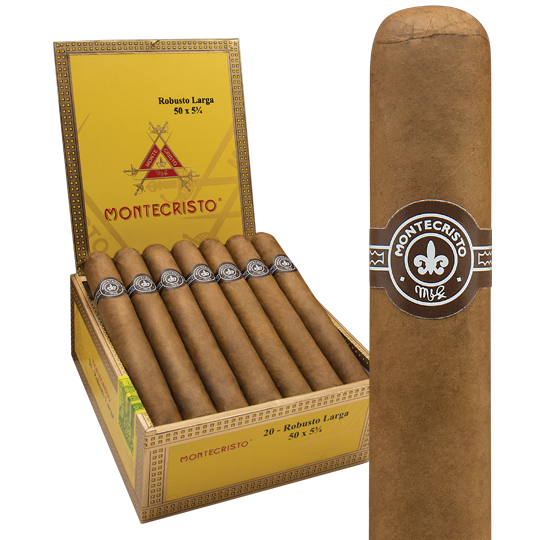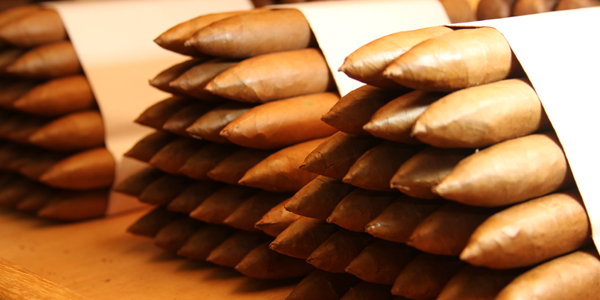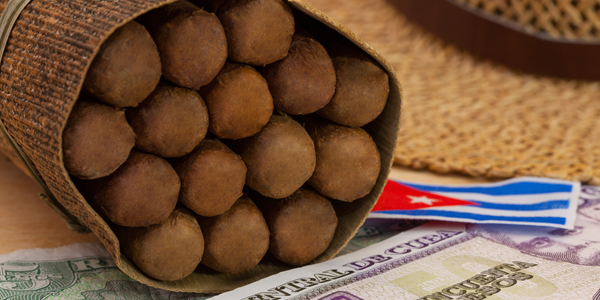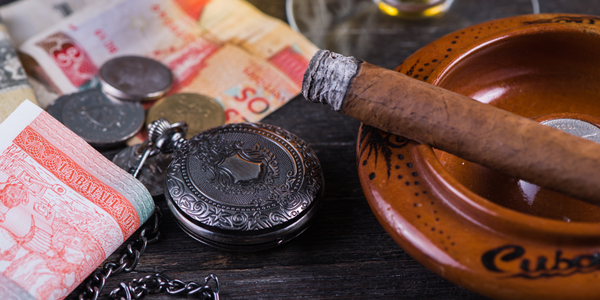How to Date a Cigar Box
Let’s say you’re going to buy a box of Cuban cigars. You’re in a shop in Havana and the store attendant hands you a box of, say, Partagás Serie D No. 4. The box is sealed. You can’t look inside to see if the wrappers are consistent and have a nice reddish-brown color. Actually, more than likely, the store would be happy to open the box for you, but even if you get a look inside, you don’t really know much about what’s IN each cigar. So, for an additional clue, turn the box over.
Stamped on the Bottom
In 1985, Cuban cigar manufacturers began adding a box code to the “Hecho a mano” – Made by Hand – message stamped on the bottom of each box. The code included information on the factory where the cigars were made, and the month and year of their release. In 1989, “Hecho a mano” was changed to “Totalmente a mano” – totally by hand. In 2004, the words “tripa corta” began to appear to indicate the cigars were made with short filler. Now, this is all useful information, but it doesn’t really tell you much about the quality of the cigars inside. Hold on for more on that.
Quality Control
The codes that indicate the factory that made the cigars are important mostly for the cigar industry in Cuba to be able to review how well the factories are performing. So, knowing which factory is making the cigars can indicate, after cigars are inspected over time, if the factory is maintaining good quality. (We all know that Cuban cigars have had problems with consistency and construction for many years.) So, if you see three- and four-letter codes on the bottom of your Cuban cigar box like “LOME,” “OSU,” “ECA,” those stand for the El Laguito, Partagas and José Martí factories. Romeo y Julieta is “PEL.” The codes can be changed, and they are from time to time. To understand them, you have to understand which factories make which cigars. So, the Cohiba Lanceros, Coronas Especiales and Panatelas, along with Trinidads, are made at El Laguito. You look at the bottom of the box and see “LOME,” and you know that stands for El Laguito. But so what? Do you really care which factory made your cigars? Perhaps the most relevant issue with respect to these codes is if you’re offered a box on the street and there is no code on the bottom. That’s just another reason not to buy those likely counterfeits.
You Wanna Date That?
The most important information as it relates to quality, I believe, is the date stamp on the bottom of the box. The code, in Spanish abbreviations for the months, is something like “ENE18.” This stands for January 2018. ENE is short for “enero,” or January. The numbers indicate the year. This is referred to as “The Current Date Code.” To be clear, this indicates when the cigars were made and put in the box.
From Field to Box
The significance of the date stamp is evident if you also know that, in general, Cuban tobacco takes between 18 and 24 months from harvest to production. So, if your box is stamped ENE2018, the tobacco inside is likely to have been plucked from the fields sometime around 2016. Now, you also need to know whether the tobacco from 2016 was a good harvest. Knowing the production process for the cigars can help as well. Cohiba Behikes, for example, are triple-fermented and aged more than some of the brand’s other vitolas. So, a box stamped ENE18, might have tobacco in it from 2015.
That is information that you should be able to get from reputable cigar stores in Cuba and in the big European cities that have well-established Cuban cigar shops. Publications like Cigar Aficionado, among others, can be a good resource. Also, there’s nothing like smoking one cigar and seeing if the quality holds up before committing to buying the whole box. I did that a few years back in Madrid and was happy to buy the rest of the box of 2009 Montecristo No. 2’s after sampling. Of course, nothing’s certain. You could have some plugged cigars, or discolored ones on the bottom layer. That’s why I smoke a lot of Ashton ESG cigars.

